Son La Prison – Where Revolutionary Soldiers Were Imprisoned
In 1908, on the top of Khau Ca hill (now To Hieu ward, Son La city) in Son La province, the French colonialists built a prison with the purpose of imprisoning patriots and common criminals.
However, with the strong development of the anti-colonial movement and the culmination of the birth of the Communist Party of Vietnam (1930), the French colonialists increased their repression throughout Vietnam. At Son La prison, from the initial area of 500m2, the French colonialists quickly expanded it to 1,500m2, and by 1940, they had expanded it by another 170m2.
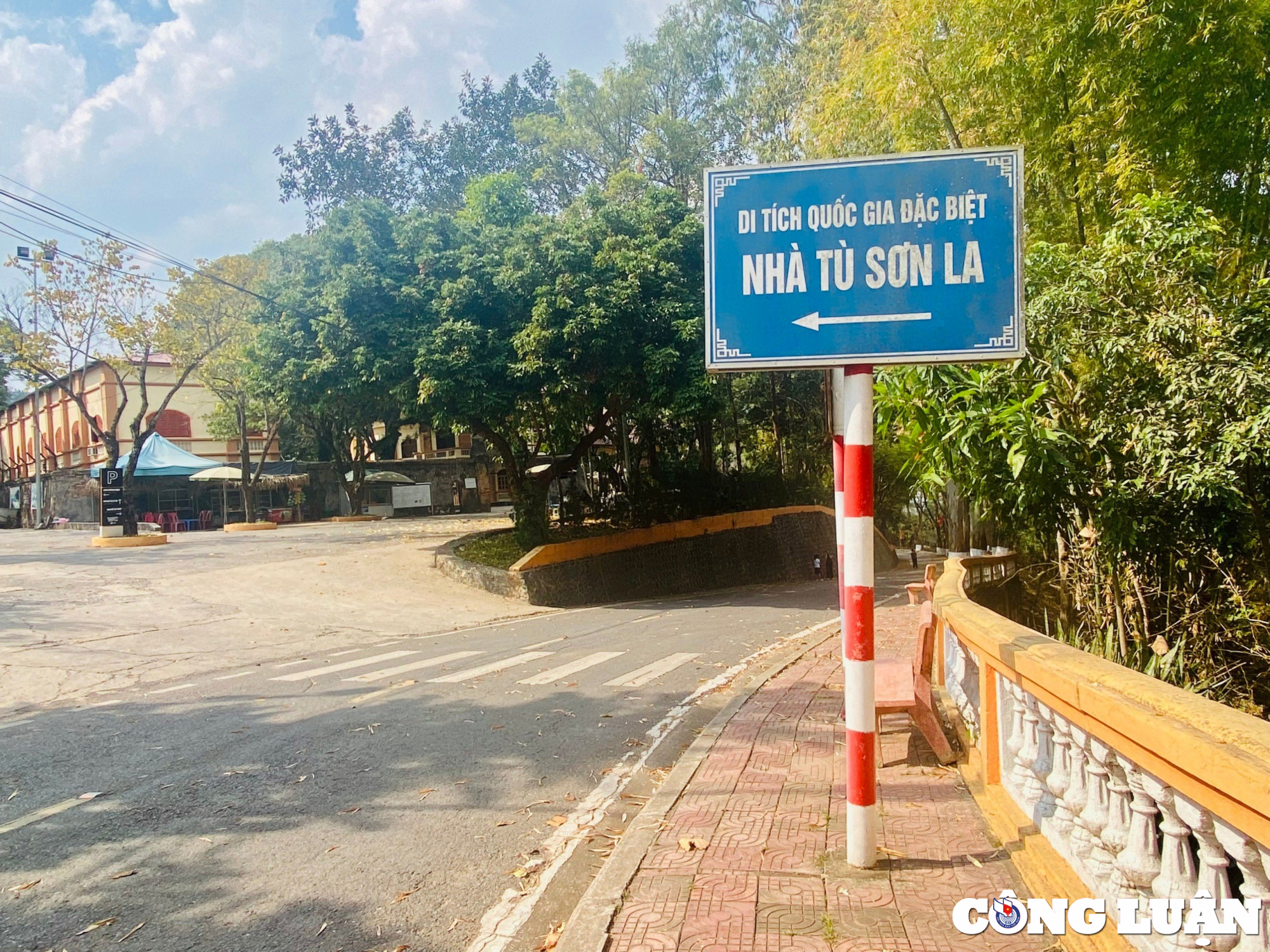
Located on the top of Khau Ca hill (now To Hieu ward, Son La city), Son La prison relic is a destination for tourists when visiting Son La city. Photo: HP
After 3 times of construction and expansion, Son La prison has a total area of 2,170 m2, including the following items: main gate and surrounding fence; guard tower system; above-ground and underground punishment cells; common prison yard... becoming a place to detain political prisoners and Vietnamese patriots at that time.
From here, along with Con Dao prison (Ba Ria Vung Tau province) and Phu Quoc prison (Kien Giang province), Son La prison is known as "Hell on earth", a place of detention that no ordinary citizen wants to mention or set foot in.
According to history, during its 37 years of existence, Son La prison imprisoned many famous revolutionary soldiers in our country’s history. History does not lie, in the period from 1930 to 1945 alone, the French colonialists exiled 14 groups of political prisoners, with 1,013 prisoners, to this prison. Among them, there were many outstanding revolutionaries such as: Truong Chinh, Le Duan, To Hieu, Nguyen Luong Bang, Van Tien Dung, Le Duc Tho, Tran Huy Lieu, Nguyen Co Thach…
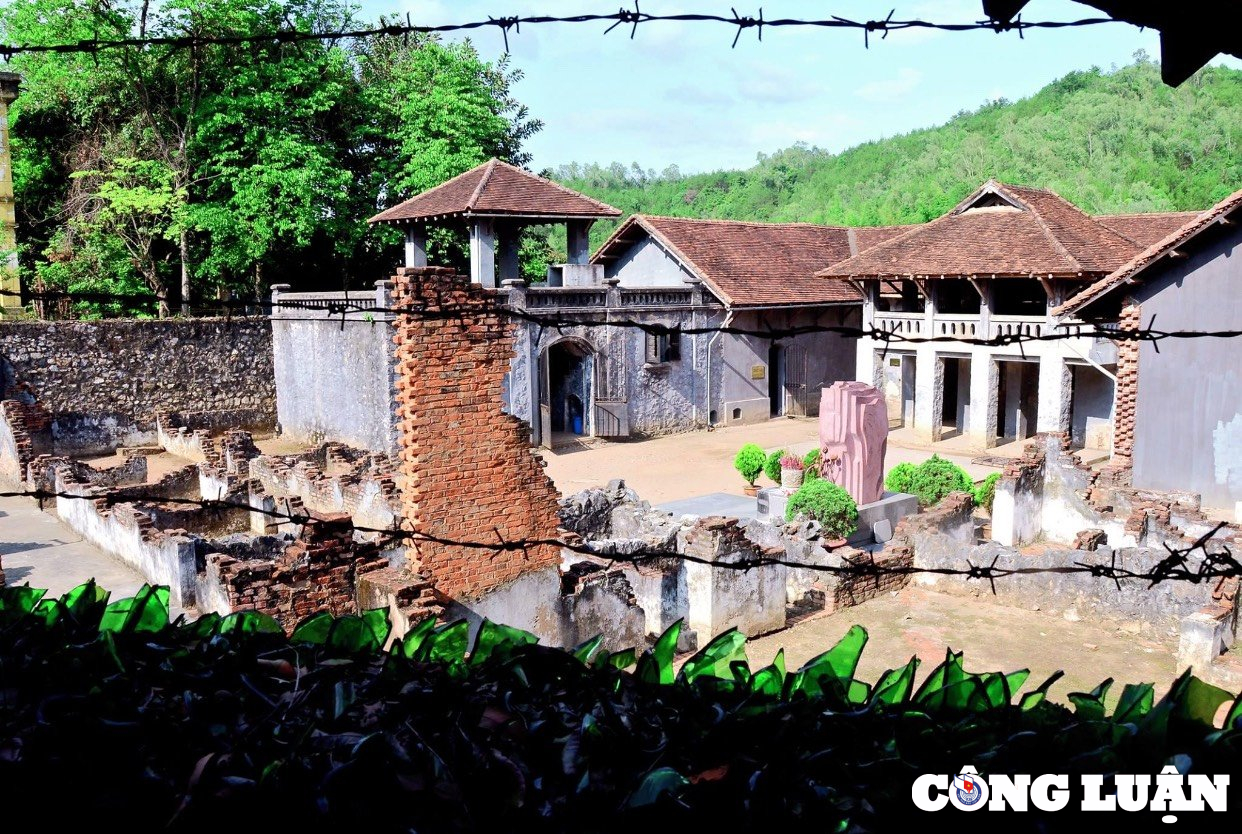
Son La Prison is where many famous revolutionary soldiers in the history of the nation were imprisoned. Photo: Q. P
When visiting Son La prison, a special place that tourists will be taken to is the "Goc Oi cemetery". Here, visitors will hear about the heroic stories of revolutionary soldiers when they were imprisoned here. Specifically, in the period of 1930-1936, hundreds of communist soldiers and prisoners under the harsh imprisonment of French colonialists were killed or died of disease, their bodies were sent to the Goc Oi cemetery.
With the aim of not allowing the enemy to carry out their evil intentions, the Son La Prison Party members, represented by comrades such as Truong Chinh, Nguyen Luong Bang, To Hieu, etc., proposed the policy of "Fighting without going to the Guava Root" (meaning not waiting to die and be buried in the cemetery), but living to fight and win.
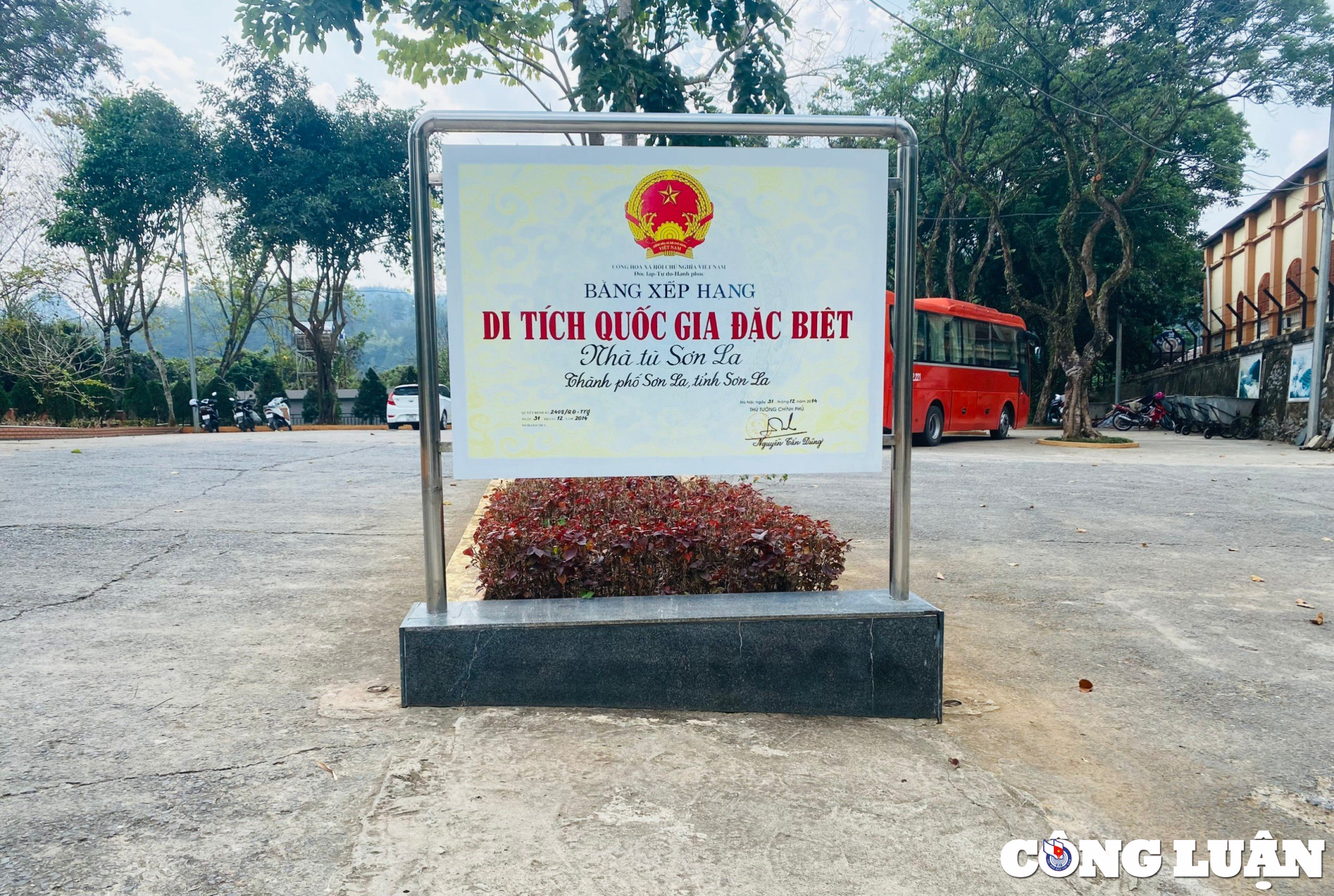
In 2014, Son La prison was ranked as a special national monument. Photo: H. P
From that group of fighters, a Communist Party cell was established right in the prison and secretly fought for the revolutionary movement from 1935. During the 5 years of establishment and operation from 1935 to 1939, the Son La Prison cell led the prisoners to turn this dark, deadly place into a "revolutionary school". The cell trained, practiced and supplemented nearly 200 cadres and party members for the revolution right after the Japanese coup against the French (March 1945) and Son La Prison was liberated afterwards.
Red address about revolutionary tradition for young generation
Experiencing the ravages of war and time, Son La prison, although damaged, is still a symbol of the resilient and indomitable revolutionary will of the people of Son La and of the Vietnamese people in the fight against invaders.
Because of its historical value and being a witness to the revolutionary movement from the early days of the founding of the Communist Party of Vietnam, in 2014, Son La prison was ranked as a special National Monument.
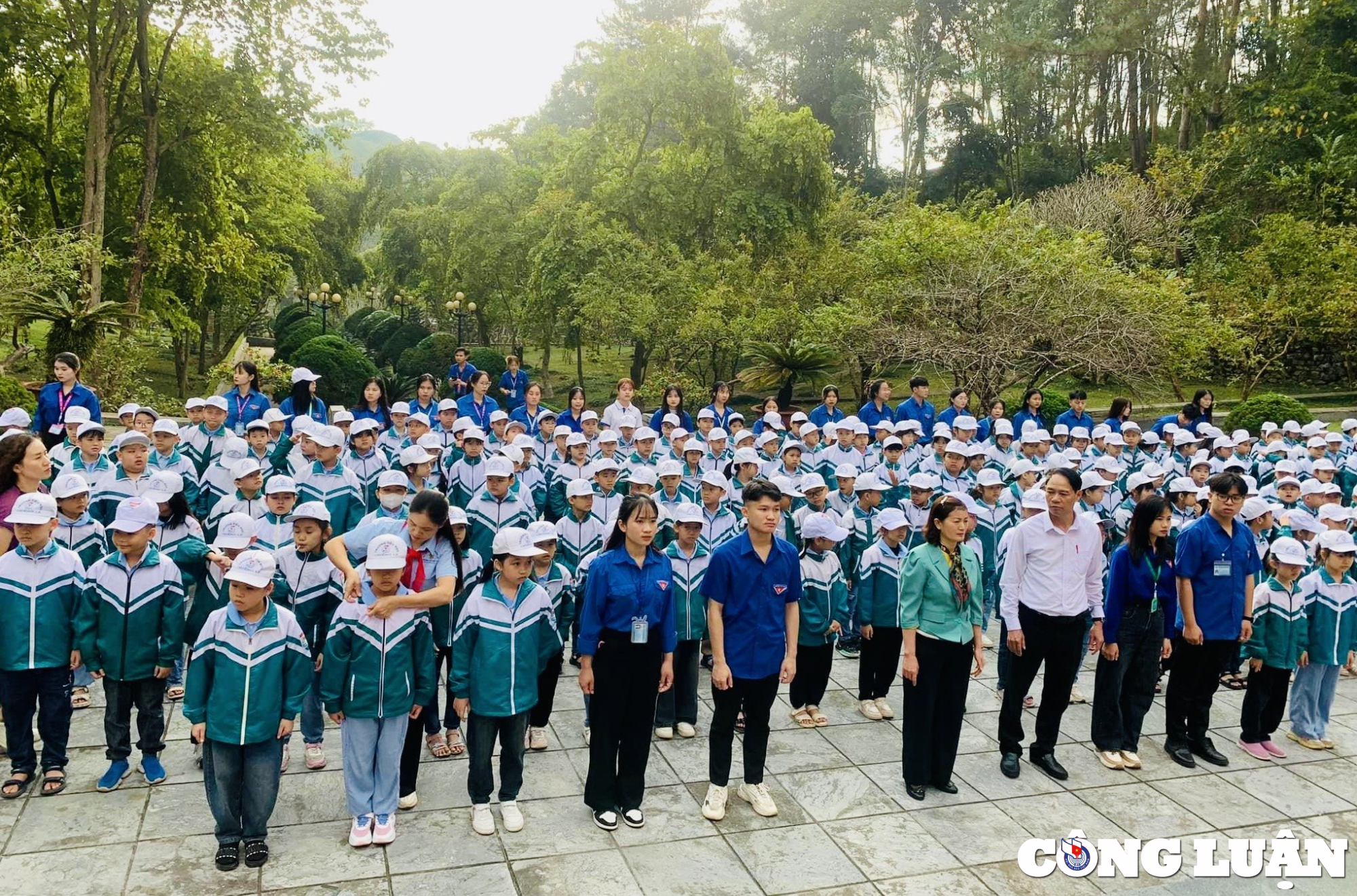
This is a red address for journeys back to the source. Photo: Q. P
Today, Son La Prison has become a large revolutionary historical site, attracting a large number of domestic and foreign tourists to visit every year. Visiting Son La Prison, visitors, when hearing and witnessing the traces of the French colonialists' heinous crimes against revolutionary soldiers, feel horrified and terrified. Visitors feel as if they are truly reliving the time when the country was in danger, feeling the pain that our ancestors had to endure during the years of war to gain independence for the nation.
Besides, with its historical values, Son La prison is also a red address for the trips back to the roots of Son La's young generations. These trips remind the young generations to remember the heroic historical period of the nation, to live and follow heroic examples, to continue to fight to protect national independence, and to build a rich and strong country in the present and the future.
Hai Yen
Source


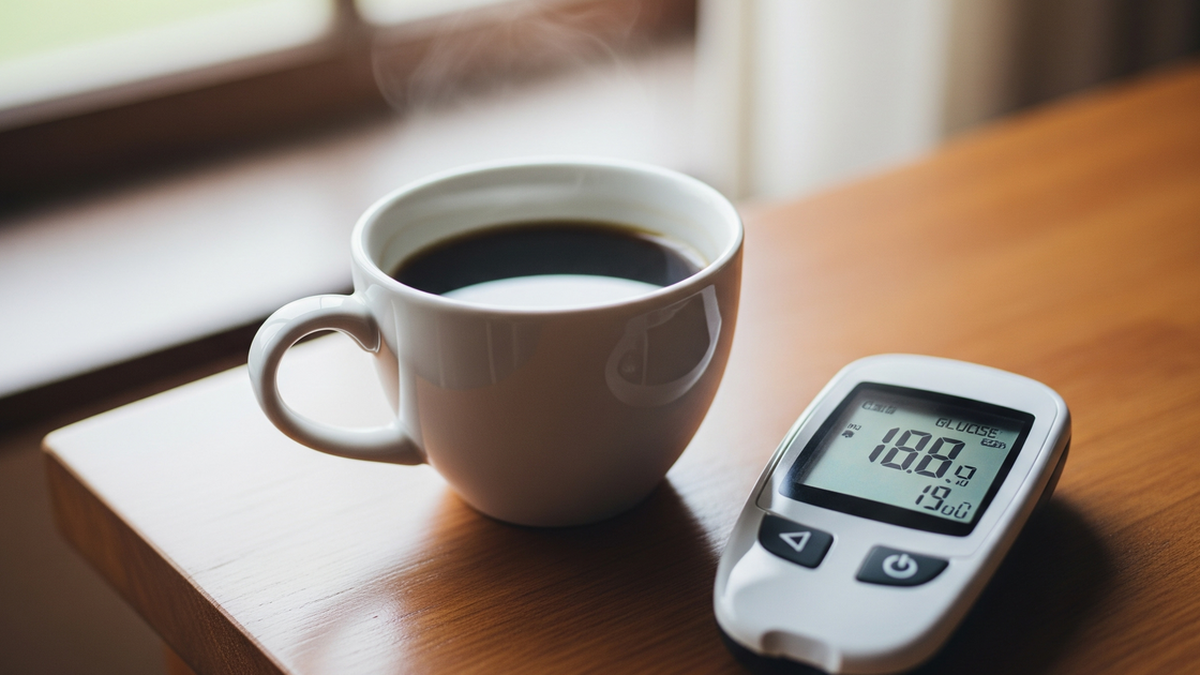


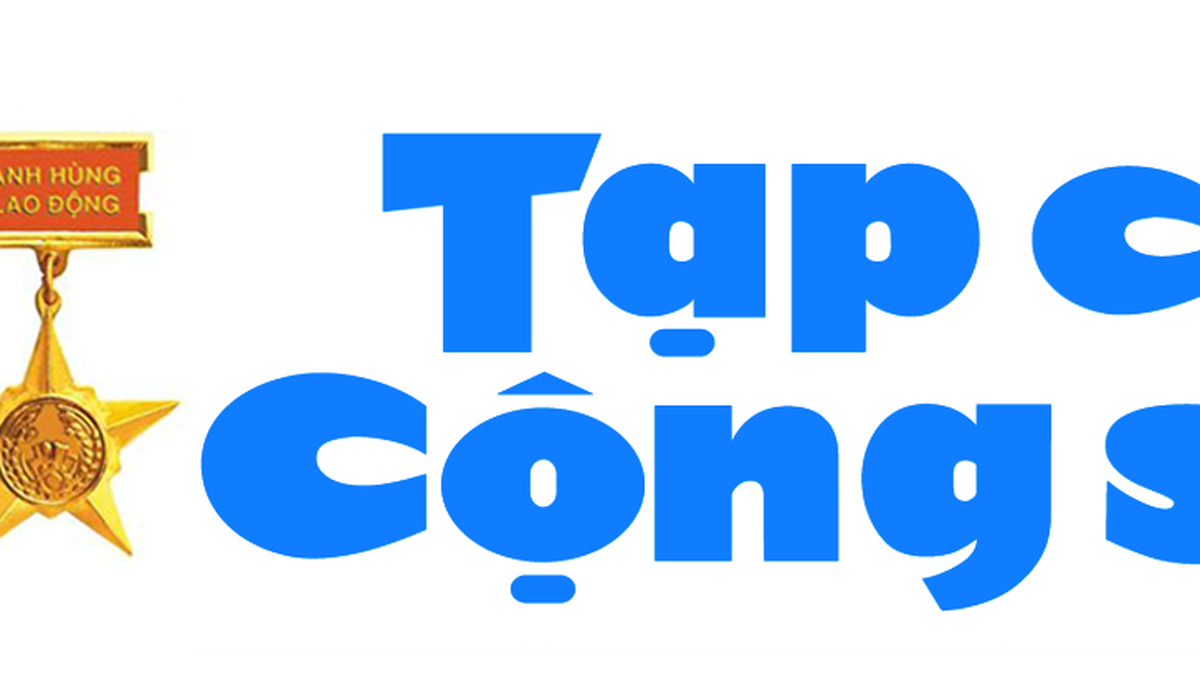
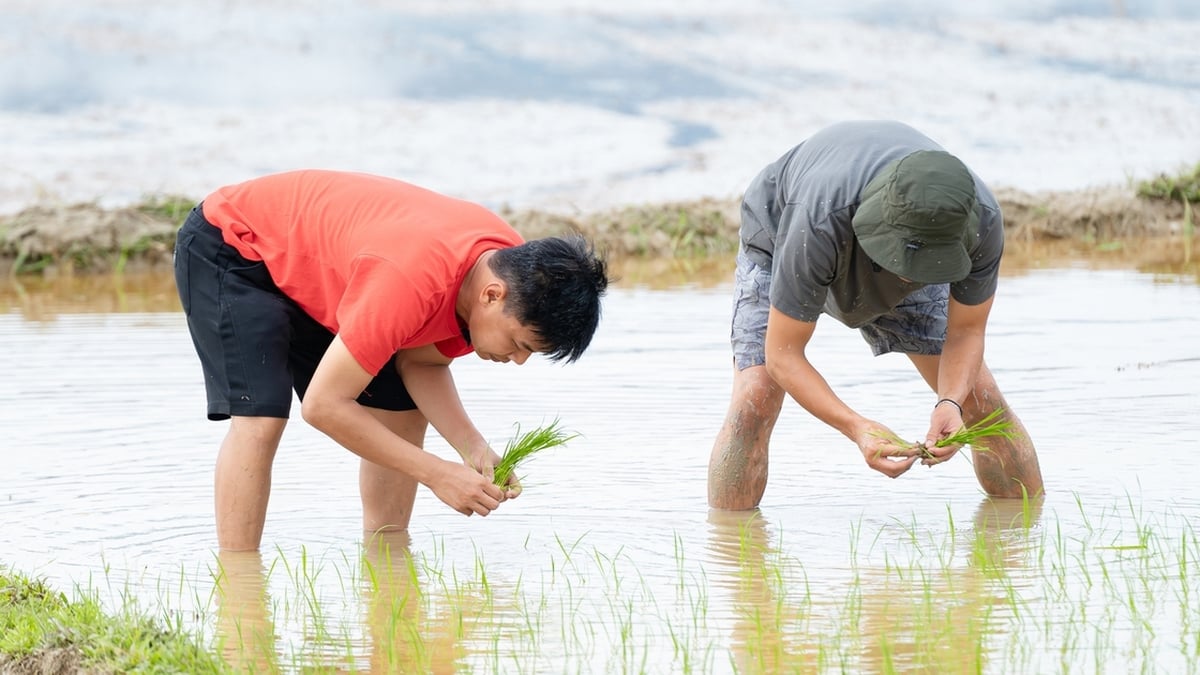




















![[Photo] National Assembly Chairman attends the seminar "Building and operating an international financial center and recommendations for Vietnam"](https://vphoto.vietnam.vn/thumb/1200x675/vietnam/resource/IMAGE/2025/7/28/76393436936e457db31ec84433289f72)






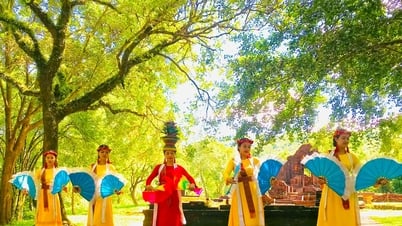

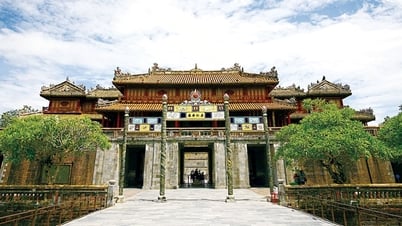

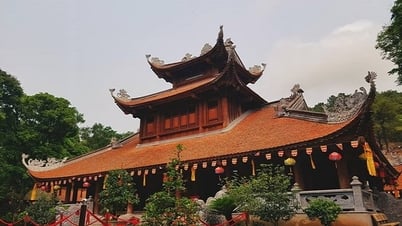



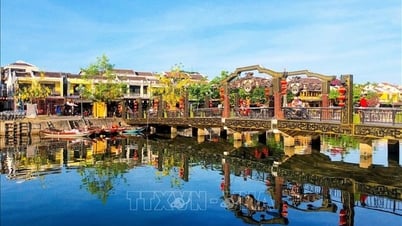

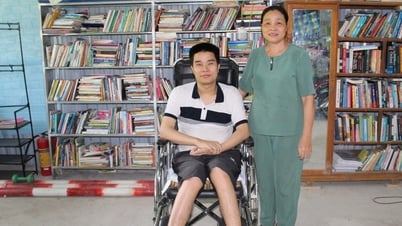

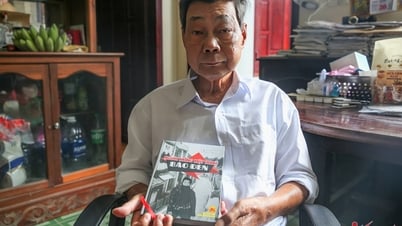

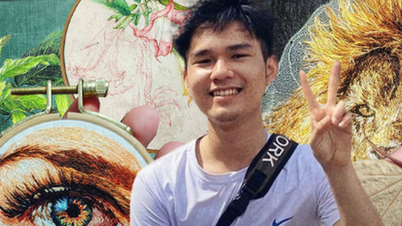

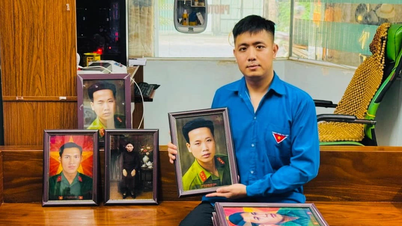


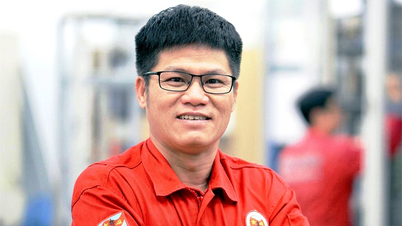











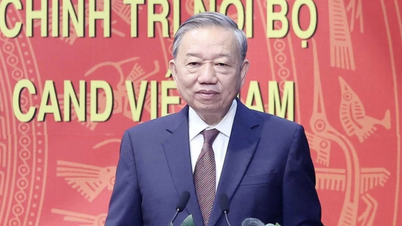
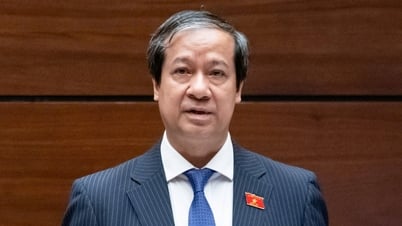


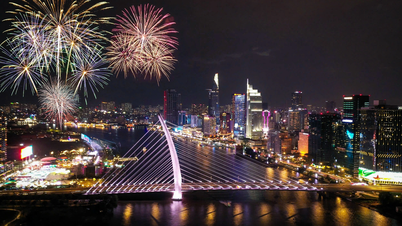
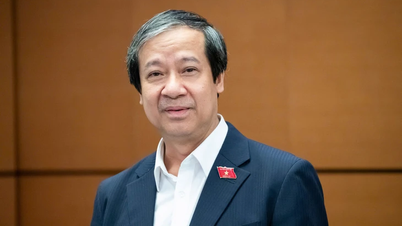




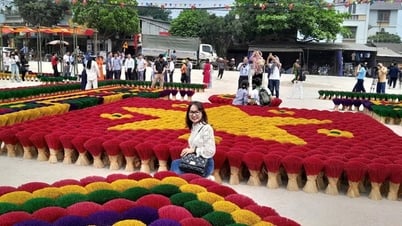

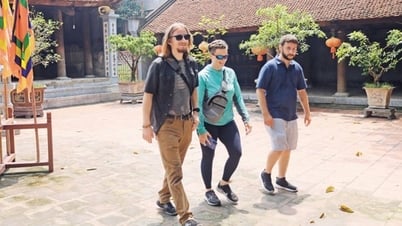






















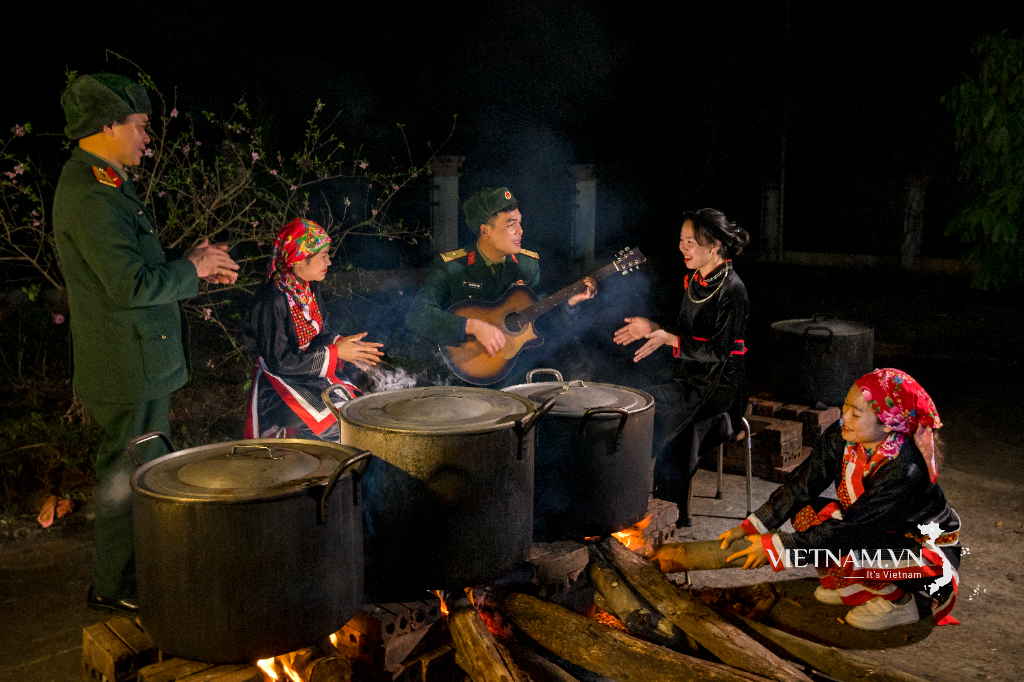
Comment (0)